Laid to rest at last: Edith Thompson, victim of a 'barborous, misogynistic' death penalty
As she is finally reburied in the same grave as her parents, those attending the reinterment ceremony say the 29-year-old was guilty of nothing more than a scandalous love affair and being a woman with 'ideas above her station'
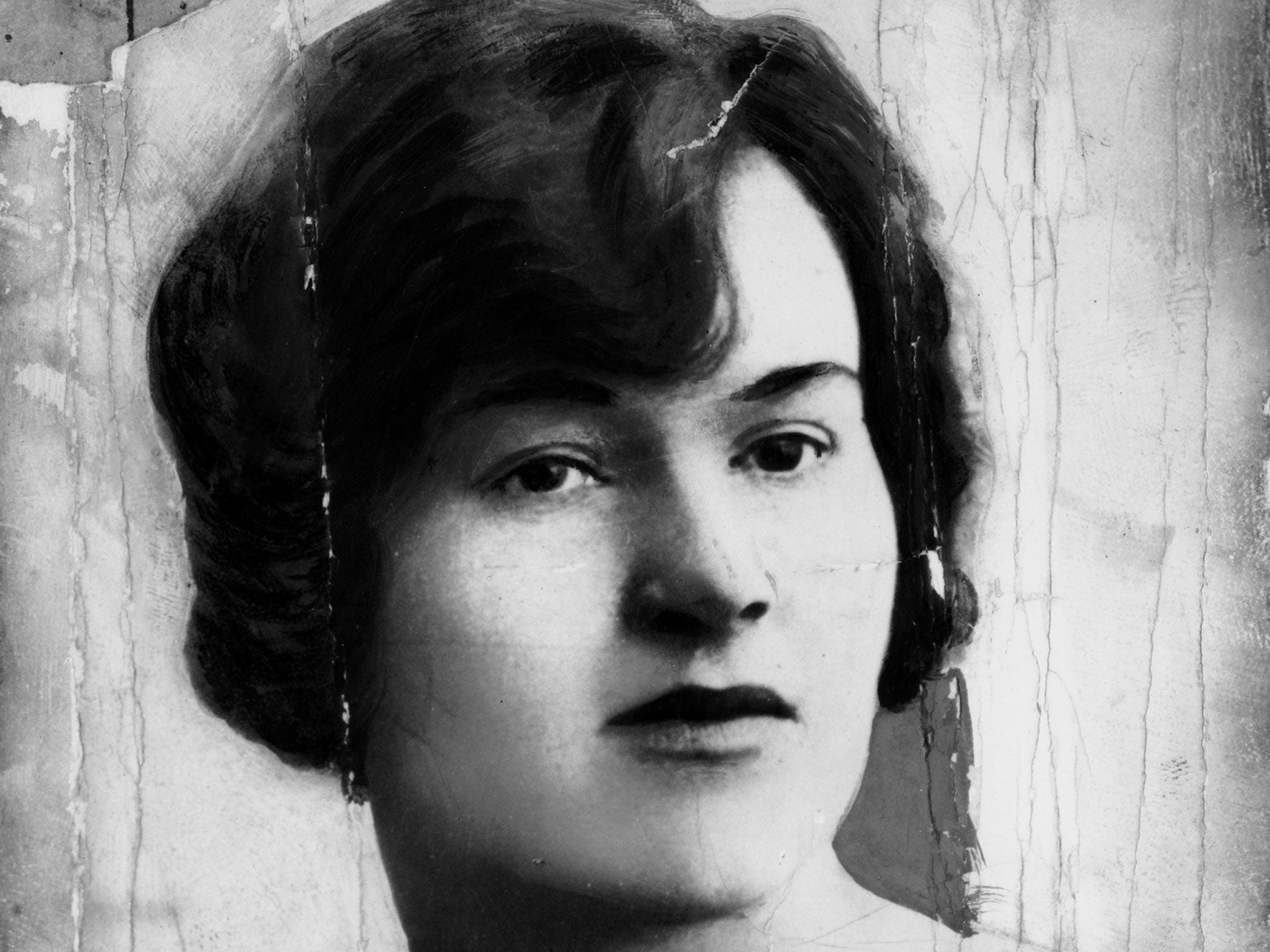
History will almost certainly record that when they sent Edith Thompson to the gallows, the case against her was wretchedly weak.
So weak that it could be said her only ‘crimes’ were to fall in love with a man who wasn’t her husband, to express that love in literary flights of fantasy, and, perhaps, to be a woman with ‘ideas above her station’.
It is also possible she was pregnant, which would have made her execution, on 9 January 1923, illegal.
They hanged her anyway.
In the eyes of the law, and contemporary popular opinion, Edith Thompson was a murderer, a woman who had incited her much younger lover, Freddy Bywaters, to plunge a knife into her cuckolded husband Percy as he walked home from an evening at the theatre on 3 October 1922.
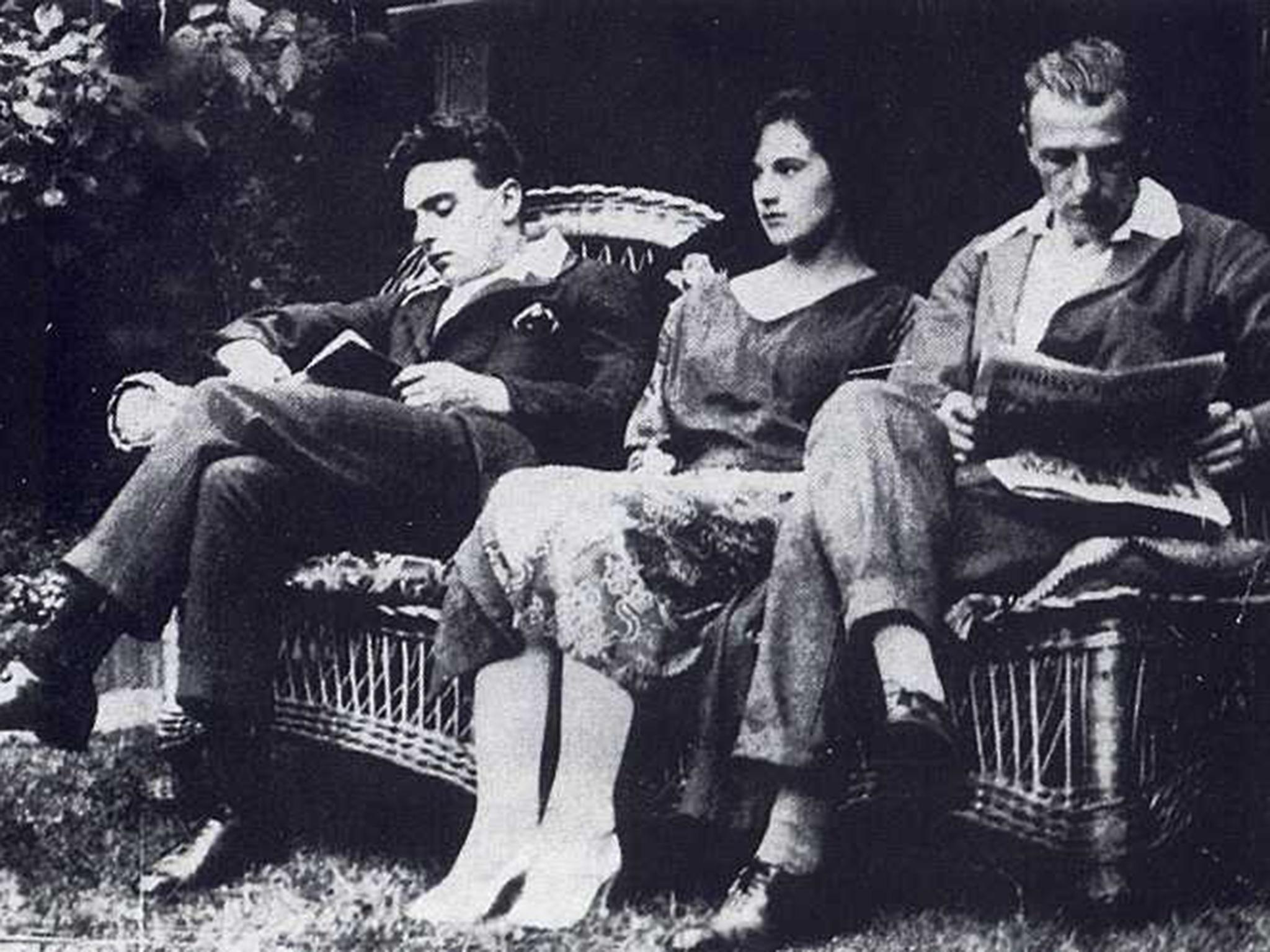
Her mother Ethel Graydon wrote directly to King George V begging for mercy but Edith, 29, was hanged in Holloway Prison less than a month after a jury found her guilty.
Then Mrs Graydon begged to be allowed to visit her daughter’s grave, or at the very least to be told where in the grounds of Holloway Prison it was - to similarly little avail.
It is said that when Ethel passed away in January 1938, her dying wish was for Edith to be reburied with her in the family grave.
On Thursday that mother’s last wish was granted as the government gave the executed Edith Thompson perhaps the only scrap of justice left available to her.
After the Ministry of Justice allowed an exhumation, Edith’s mortal remains were laid to rest in the grave of her mother and father in the City of London Cemetery – 95 years after William Graydon kissed his daughter on the eve of her execution and promised: “You will be home at last tomorrow night”.
Outside the cemetery church, on a cold, grey afternoon, one of a handful of bouquets came with a handwritten card: “In loving memory, home at last with mum and dad”.
Among the 50 or so arriving to pay their last respects, there was unanimity about the injustice.
“She was innocent,” said Sue Syms, whose husband Graham is a great-nephew of Edith’s brother. “It was a trial of women’s morality.
“She was executed for having a relationship outside marriage, for letters to her lover that were seen as highly immoral and disgracefully against everything people believed in at the time.”
And yet, they tell you, even in the 1950s, three decades after the execution, there was a lingering sense of awkwardness, perhaps even shame, that ensured children were ushered out of the living room before the grown-ups of the family dared discuss the fate of Edith.
She had, it seemed been reluctant to marry shipping clerk Percy Thompson in 1916, after a seven-year courtship that had begun when she was 15. When she told her sister Avis “I can’t go through with it,” her father had insisted: “You must go; everybody is at the church waiting for you.”
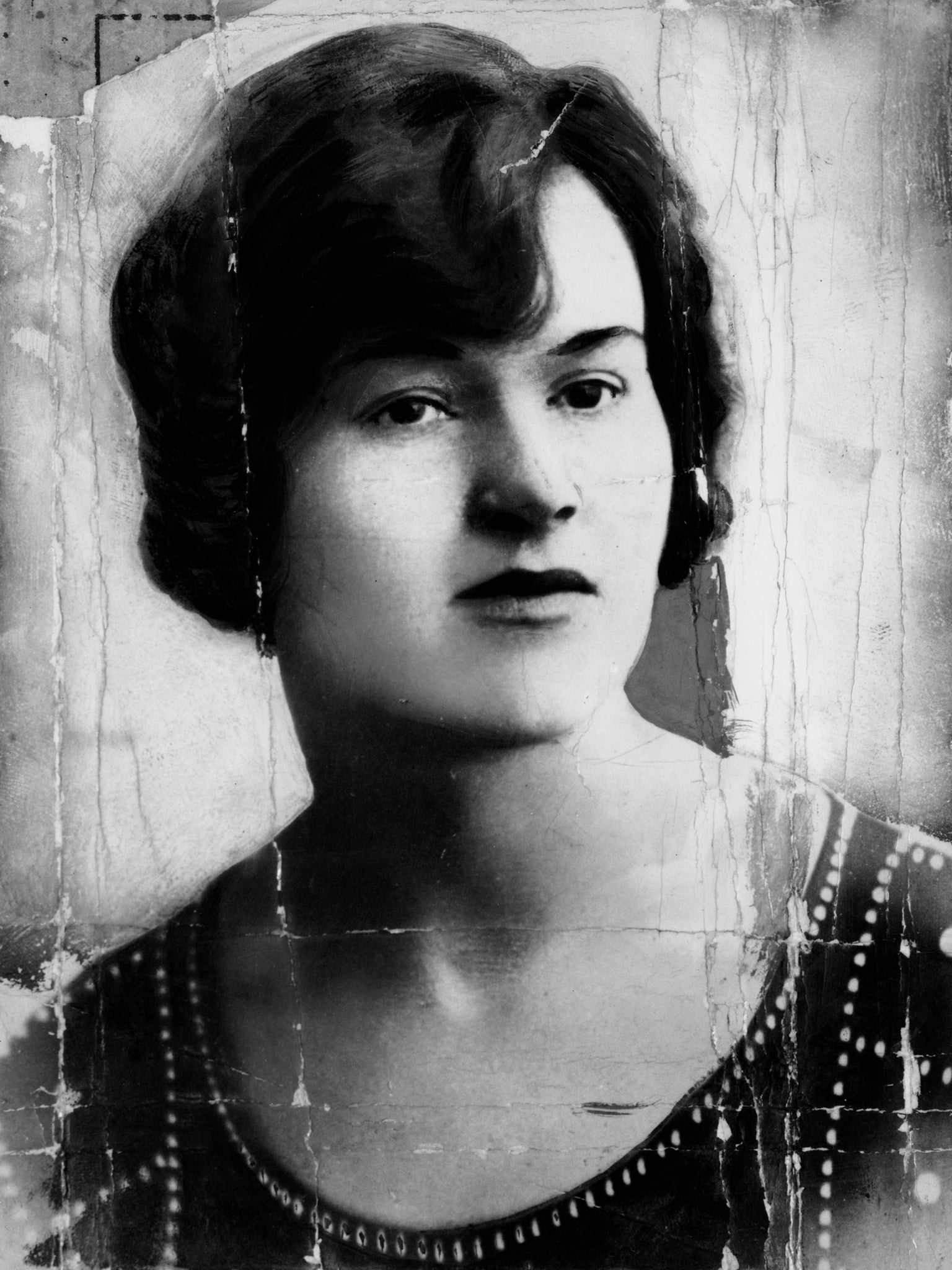
She was 27 when she began a relationship with 18-year-old Freddy Bywaters.
To compound what would later be seen as the scandal of the nine-year age gap, Edith wrote Freddy page after page of love letters.
Written in a style inspired by her love of literature and literary romance, they went way beyond what was considered “proper” for a suburban wife of the 1920s.
She claimed to Bywaters that she had carried out her own abortion after becoming pregnant by him. She told him of her lack of periods, and of the orgasm she had experienced when they had open-air sex in Wanstead Park.
And, concealed within at least 51,000 words of other outpourings, were what the prosecution portrayed as coded requests for Bywaters to kill her 32-year-old husband.
In one letter she mentioned meeting a woman who had lost three husbands. “I can’t even lose one,” she told her young lover.
She also claimed to Bywaters that she had tried “poisoning” her husband and putting the glass from a smashed light bulb into his mashed potato.
On 3 October 1922, as Mr and Mrs Thompson walked home from Ilford station in east London, Bywaters jumped out from behind some bushes and stabbed Percy to death, as Edith screamed, seemingly hysterically, “no, don’t!”
The public lapped up the reports of the subsequent Old Bailey trial.
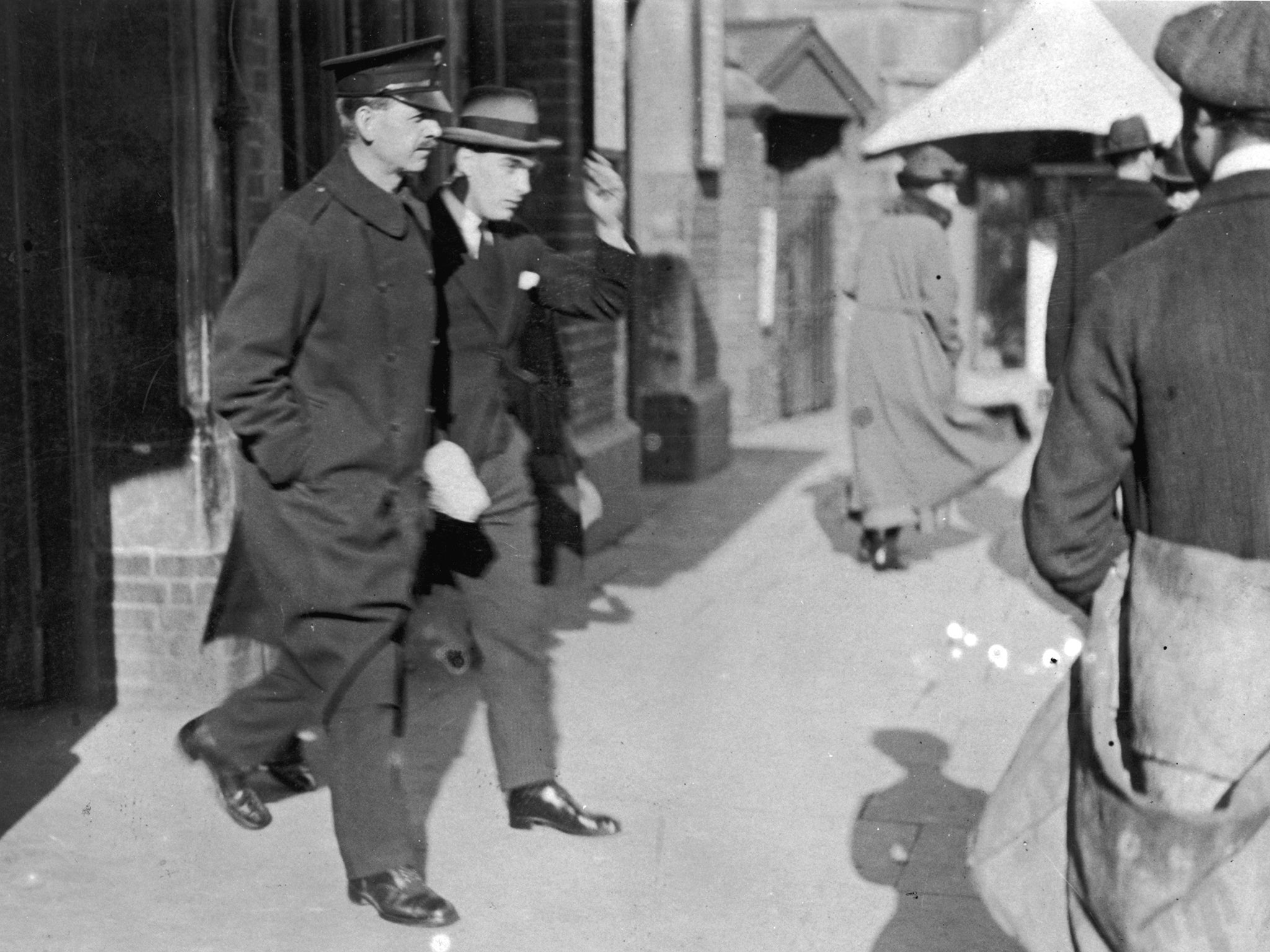
After the guilty verdict was delivered on December 11, a petition calling for mercy attracted nearly one million signatures.
But they weren’t seeking a reprieve for her. They were after mercy for him – Bywaters, the man who never denied killing Mr Thompson.
Throughout, Bywaters maintained that he had acted entirely alone. Graham and Sue Syms and their side of the family are convinced this made the public warm to the killer as a gentleman who was “chivalrously protecting his lover”.
The man who delivered the eulogy at Thursday’s service, Professor René Weis, author of Criminal Justice: The True Story of Edith Thompson, wholeheartedly agrees.
“It goes without saying,” he tells you, “That what happened was misogynistic.”
Despite having left school at 16, Edith had a natural flair for literature, and the kind of ability that allowed her to shoulder the responsibility that came with her job as a buyer for a fashionable hat maker. At the time of the murder, by contrast, Bywaters was a 20-year-old steward on a P&O liner.
“She was self-evidently more intelligent than him,” says Prof Weis, “Self-evidently more successful, so they thought, wrongly: this woman must be the driving force in the murder.
“Here was this lower middle class girl from east London,” the professor adds. “Extremely talented, earning a great deal of money - she was smart, she was elegant, a fantastic dancer.
“For her to behave in ways that would have been fine with the ruling classes, to have everything … in the view of the court and in the view of other people, she got ‘above her station’.
“The mood was very hostile to her in a lot of places.”
One such place, according to Prof Weis, was in the Old Bailey courtroom, in the form of 65-year-old trial judge Sir Montague Shearman.
“They called him ‘old school’ in the 1920s,” says Prof Weis. “Essentially, he was a Victorian. One of his favourite phrases was ‘wholesome disgust’.
“The notes he made at the trial have survived. He was against her. When the court heard how Edith had written about ‘great love’, he scribbled ‘Great love? No, unwholesome nonsense.’
“Edith wrote to Freddie Bywaters about her husband, saying ‘He has the right by law to everything you have the right to by nature’ – meaning her - and the judge wrote: ‘Nature … Law … Wholesome disgust.’”
In addition, says Weis, “the judge didn’t know the topography of Ilford. He was convinced Edith had lured her husband down some dark alley, which was absurd. They walked down Belgrave Road, which was the widest road in the entire area, and the only way they could have got home from the station.”
And, says Prof Weis, when two eminent doctors conducted an autopsy on the murdered husband, to see whether Edith really had attempted to poison him or put ground-up light bulb glass in his mashed potato, “The findings were categorical: no poison, no light bulb.
“What the Crown thought to be their trump card turned out to be nothing. Edith’s writings about what she had tried to do to her husband were exposed as the florid fantasies they were.”
And yet she was still convicted and sentenced to death.
Unlike most of the congregation on Thursday, Prof Weis is not even a distant relative of Edith Thompson.
He first became interested in her case in the early 1980s when, to his great surprise, members of the Thatcher government made it known they were seriously considering restoring the death penalty.
He began reading up about Timothy Evans, wrongly hanged in 1950 for murders committed by Rillington Place serial killer John Christie, and about Edith Thompson, the other person who kept on being mentioned in the debates about the death penalty.
Prof Weis, whose day job involved researching the works of Shakespeare at University College London, began reading Edith’s surviving letters. He realised she was “a wonderful writer”.
As he said in his eulogy, he believes that had Edith been born 50 years later, she would have gone to university. Instead, she went to the gallows.
Only after she was dead, did public opinion turn in her favour, and only because of the gruesome details of her execution.
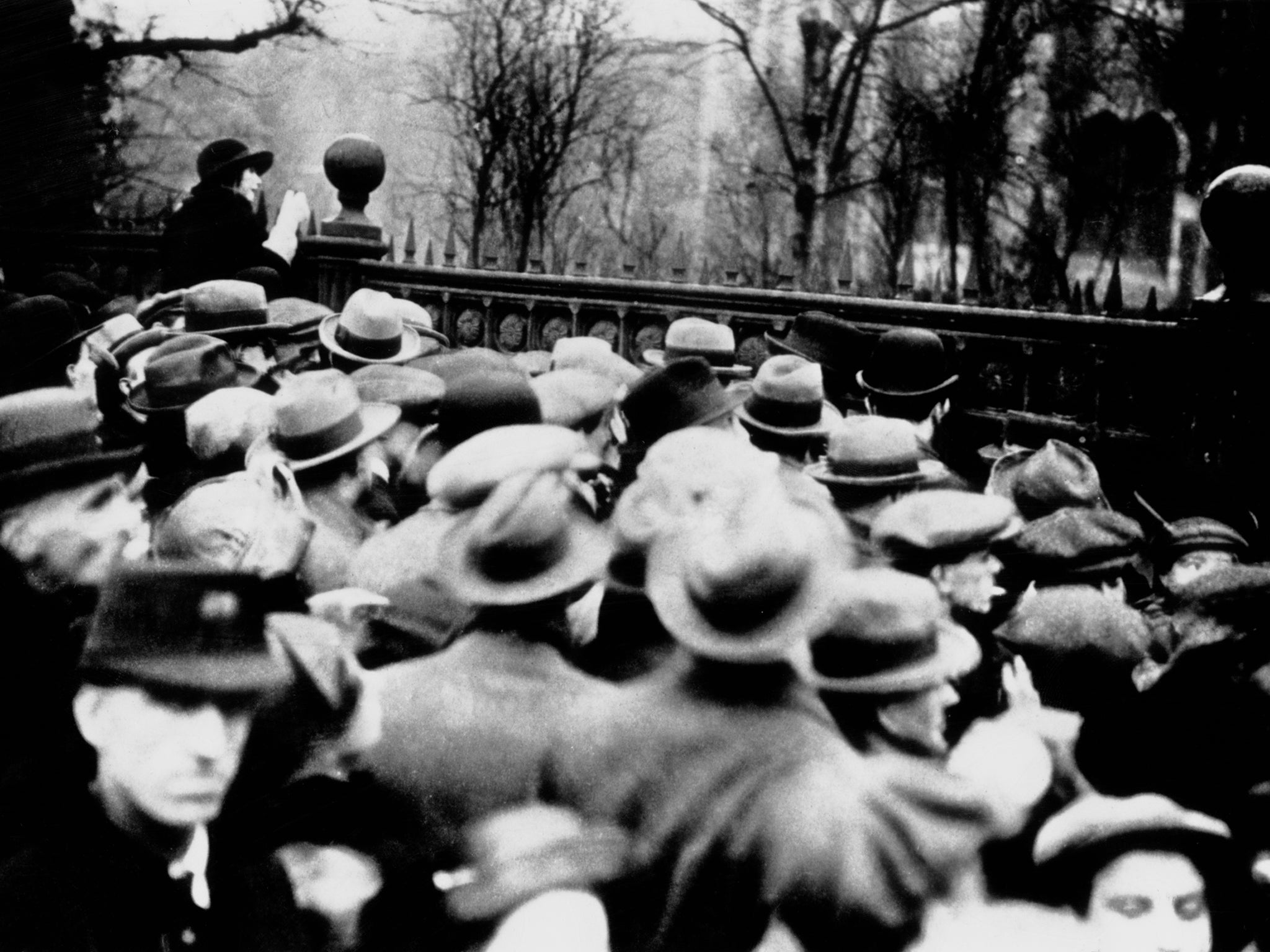
“The day she was executed,” explains Prof Weis, “Two men who had been present went to the Daily Express and described ‘scenes of horror that beggared belief’. They said her insides fell out, she haemorrhaged on the scaffold.
“Beverley Baxter of the Express took this story to the Home Secretary and said ‘Never again must a woman be hanged in Britain’.”
Some have taken this, plus the fact that Edith gained a stone in weight despite eating hardly anything while awaiting execution between 11 December and 9 January, as evidence she was killed while pregnant with Bywaters’ child.
Having sought medical opinion, Prof Weis remains uncertain about where the truth lies on this.
But he is certain that the indignities inflicted on Edith did not end with her grisly execution.
In 1971, at the start of the rebuild of Holloway, it became necessary to move the bodies in the condemned prisoners’ graveyard.
The body of Edith and four other executed prisoners were removed and taken to what Prof Weis calls “a mass grave” in Brookwood Cemetery, Surrey.
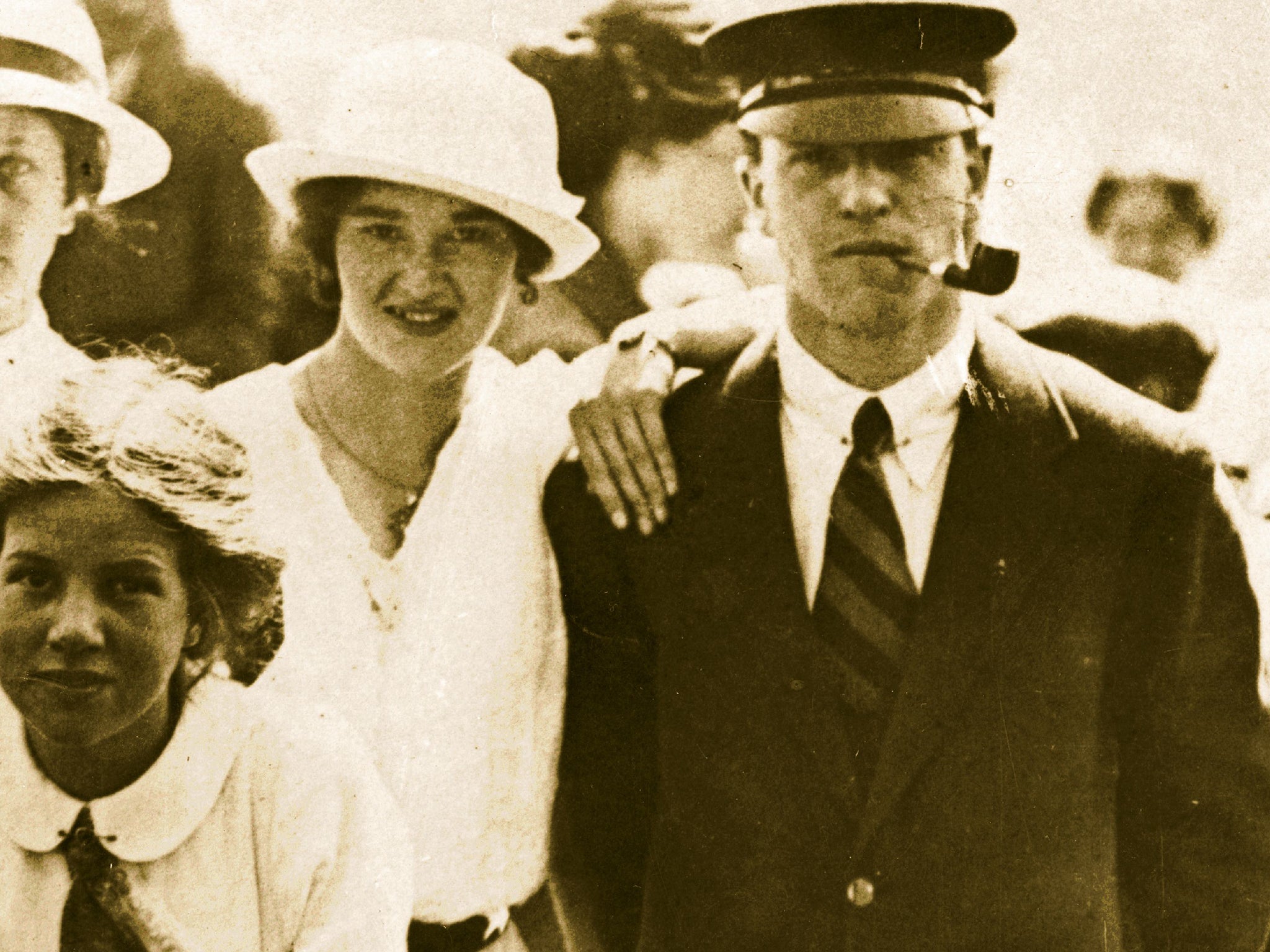
Advised that it was unlikely any immediate family members were still alive, the prison authorities did not seek to notify Edith’s relatives.
“Morally, albeit not legally, they should have done,” says Prof Weis. “But they didn’t bother, and Edith’s younger sister Avis Graydon spent the last seven years of her life not knowing she could have visited the grave in Brookwood Cemetery.
“She would have given her eye teeth to have known. She adored her sister.”
Edith’s death did prompt the first moves to set up what became the National Council for the Abolition of the Death Penalty. The group eventually achieved its aim in the 1960s - after more than four decades, and the deaths of Timothy Evans, Derek Bentley and Ruth Ellis, to mention the more high profile cases.
Prof Weis’ campaign has also taken decades. He published his book about Edith in 1988.
On Tuesday morning, shortly before dawn, he watched as her mortal remains were finally lifted out of the mass grave in Brookwood Cemetery.
“When they brought up the body,” he says, “We thought …”
The professor’s eyes seem to water and his voice trails off.
He resumes, after a long pause:
“When the ambulance carrying her body moved off, it was almost too much to bear.
“She was no longer in the place where the Home Office wanted her to be. She was on the way to where she and her family wanted her to be.”
For him, and for the others who saw Edith Thompson finally laid to rest, there can be no doubt about the moral of her story.
“Edith Thompson,” says Prof Weis, “Is one of a number of people whose stories prove that to return the death penalty to this country would be an act of barbarism.”
Join our commenting forum
Join thought-provoking conversations, follow other Independent readers and see their replies
Comments